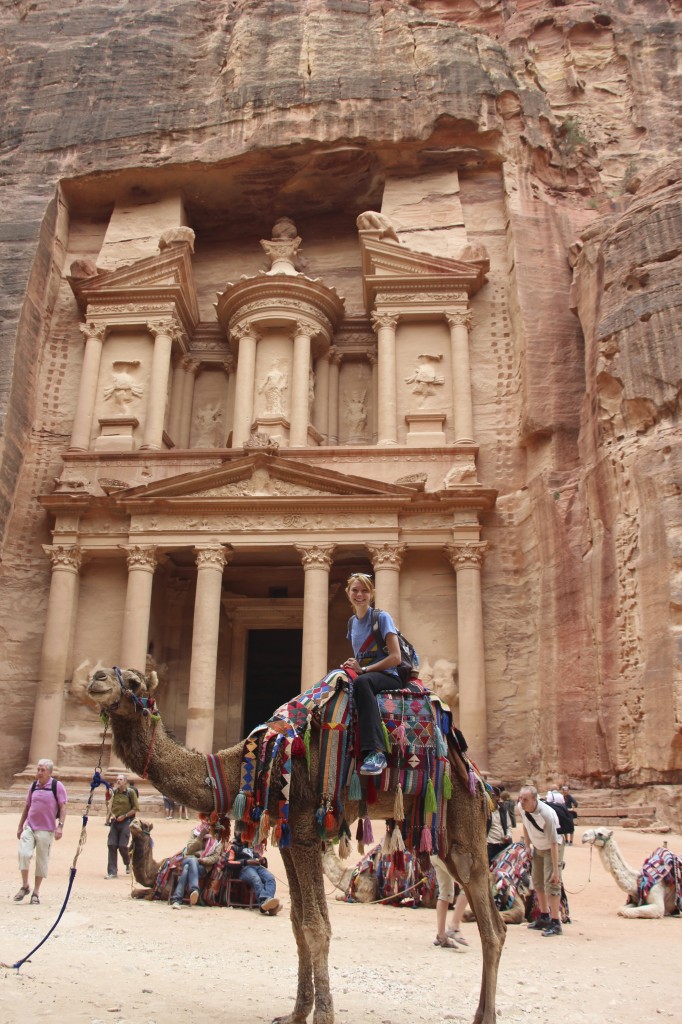
It’s finally Spring Break at CYA!! For our week off, my friend Shea and I decided on a non-traditional spring break location and go to Jordan! Jordan might be the most beautiful, incredible place I have been so far, which is really saying something after traveling around Greece. The culture is very different here, which I have loved, but has also proved to be somewhat challenging: it definitely takes a while to figure out what is socially acceptable and what is not. The second and third day we were in Petra, which is a massive ancient site of tombs and buildings carved into the face of a red rocky canyon. And the best part… WE GOT TO RIDE CAMELS!! And horses! There are Bedouins all throughout the site that try to sell you camel and horse rides. After a while, it gets a little tiring having to keep saying no. While we were there we did a ton of hiking and saw lots of Napatean tombs, the famous treasury building, the great royal palace of Petra, and SO much more. There was still so much that we didn’t get to see since the site was so huge.
Early the next morning, we took a bus to Wadi Rum, where we were literally dropped off in the wilderness to hike before being taken on a short tour around the desert. Our guide took us to a huge sand dune (which made me think of Michigan!) to go sand boarding (think snowboarding, but on a gigantic red dune). That night, we stayed in a camping hostel where we got to interact with Bedouins, or the nomadic people group that lives in the desert of Wadi Rum and throughout Jordan. At night, we climbed up one of the rock formations and got to watch the sunset, which might have been the most beautiful sunset I have ever seen. After that, the Bedouins made us their traditional food of potatoes, chicken and vegetables, cooked in a large pot under the sand. The food was incredible.
After that, we went spent one day on the Red Sea in Aqaba where we could look across the water and see Egypt and Israel. The Red sea is known for its amazing snorkeling and it definitely did not disappoint. The next day, we left Aqaba and traveled by minibus to Dana, a small town overlooking a massive canyon where you can hike and explore the wilderness trails. Shea and I got a small taste of the trails yesterday, and today we did a longer hike down into the canyon. During our descent, we met a native Jordanian man named Ali who immediately invited us to his favorite clearing to have tea. Shea and I were amazed to see him gather up twigs, start a fire, and pull a teapot out of his bag for warming. Within, minutes, we were having cups of the most delicious, sweet and flavorful tea I had ever had. This is just one example of many that shows how friendly and accommodating the Jordanians are. In that respect, they remind me a bit of people in Greece. Tomorrow, we hope to join a group going to the Dead Sea before continuing further north to Amman and Jeresh.




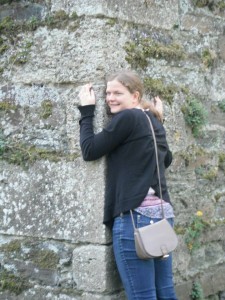

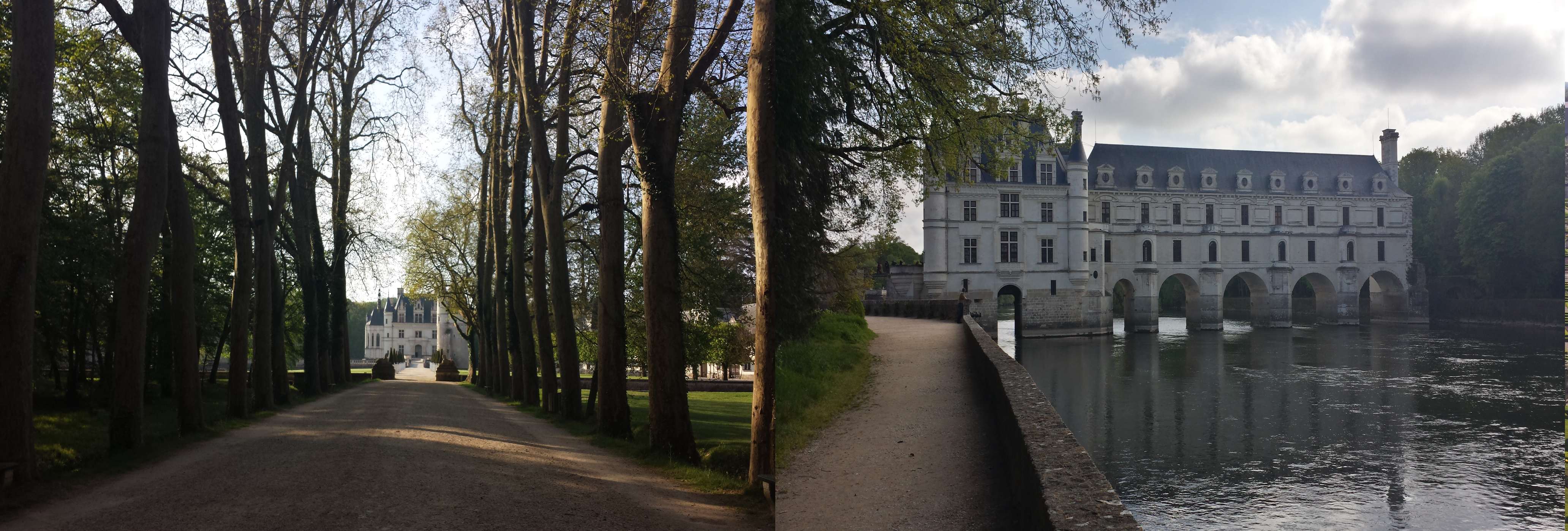


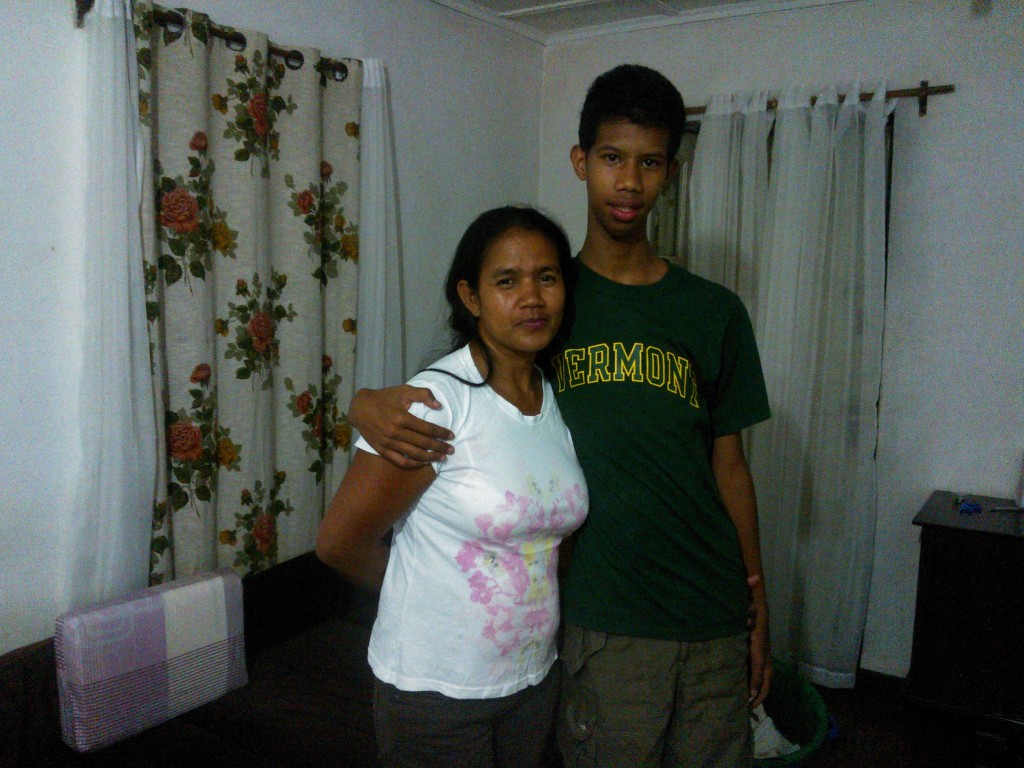
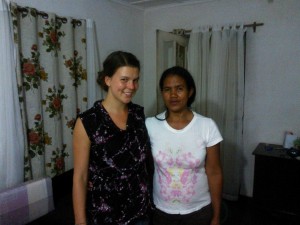
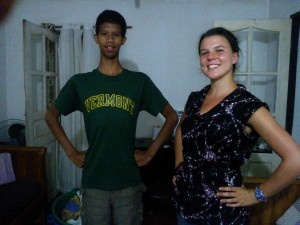
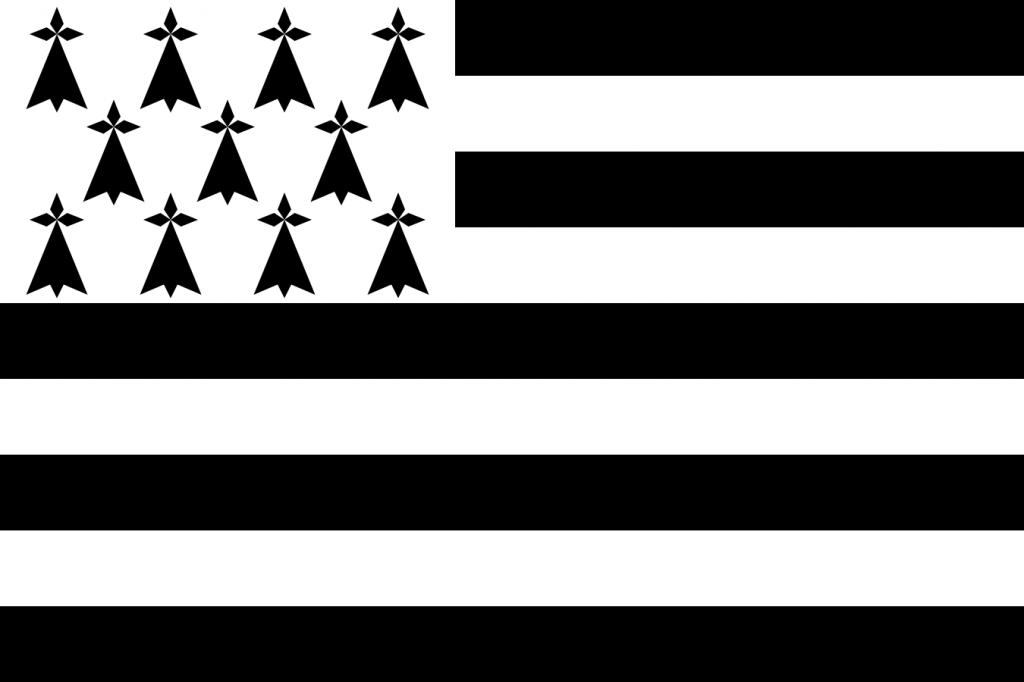
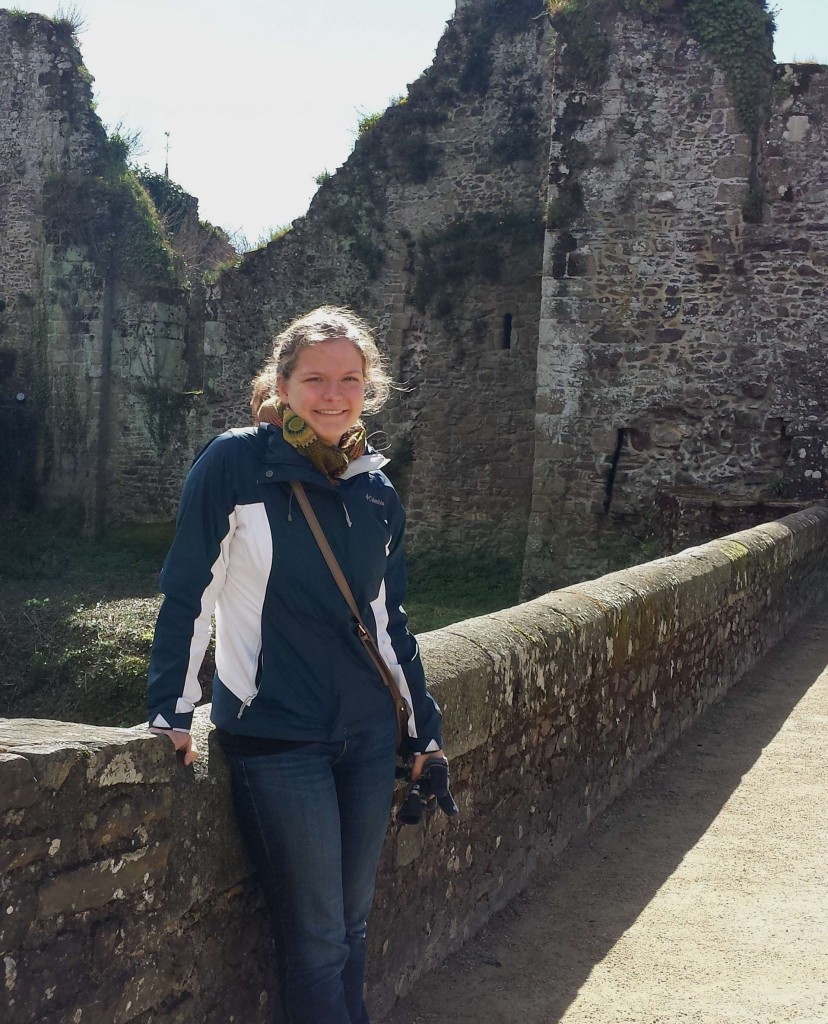
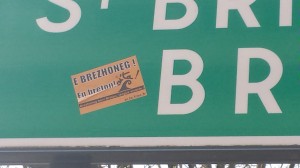

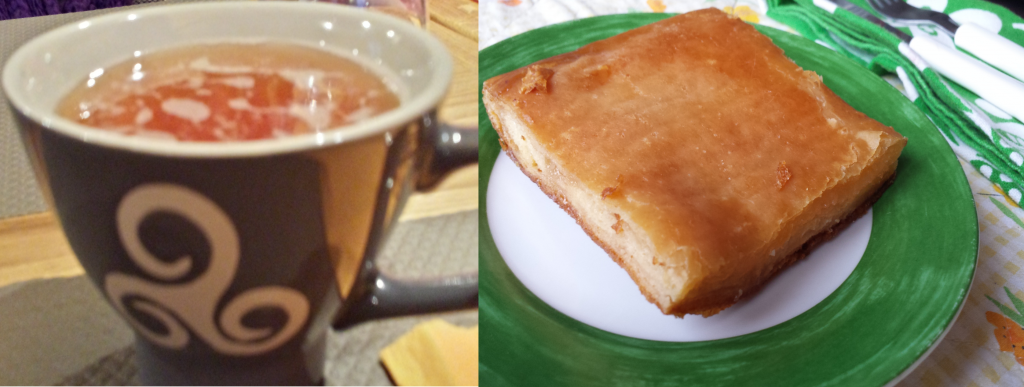
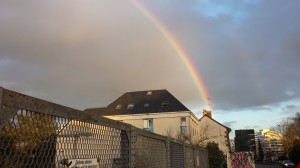
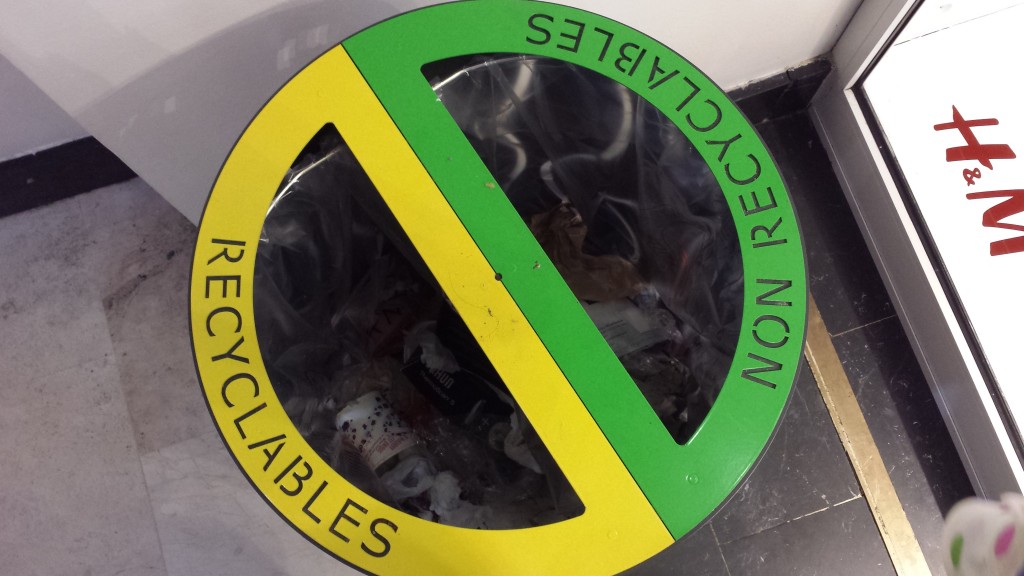

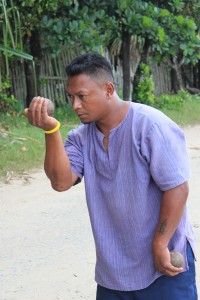

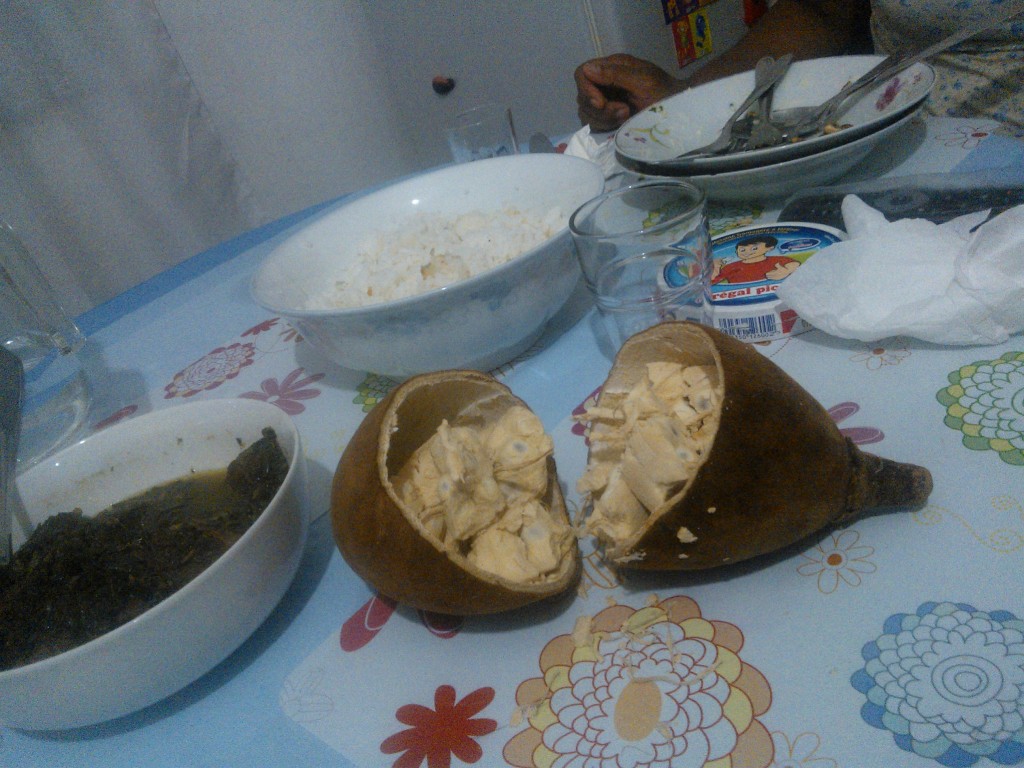
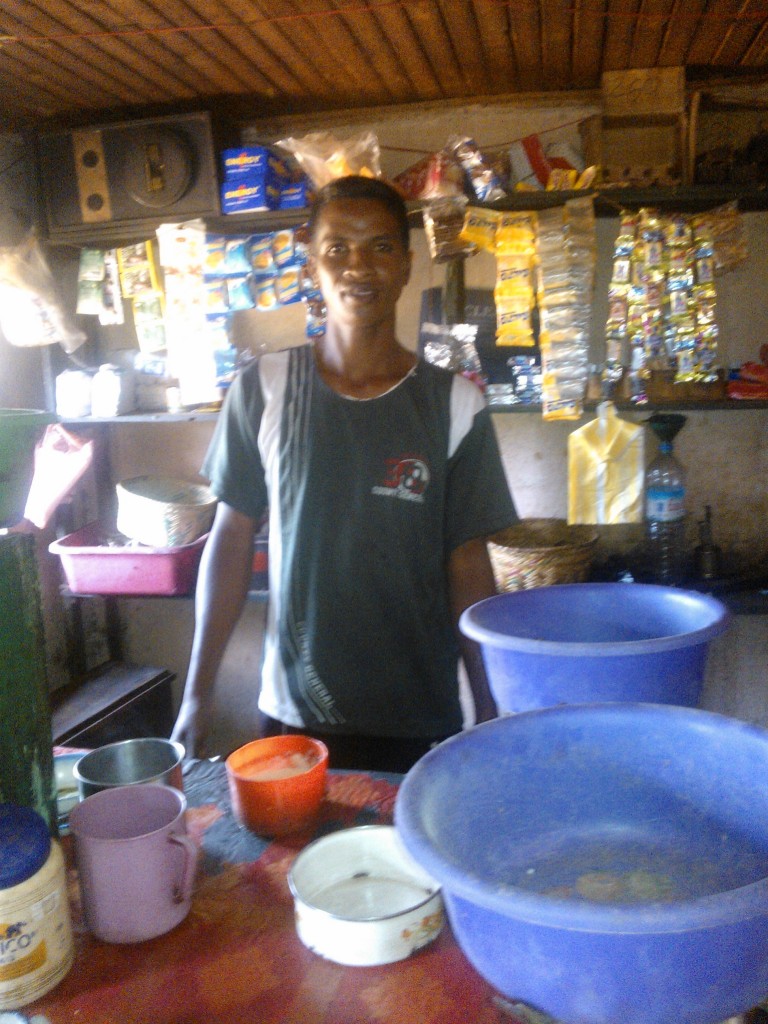
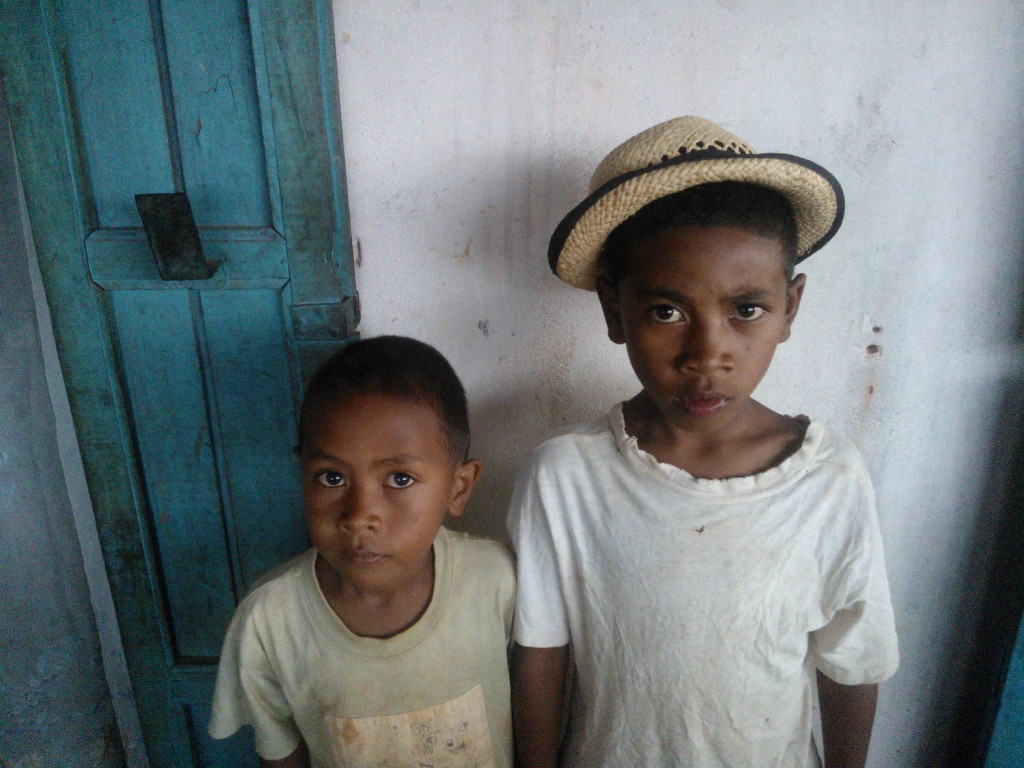
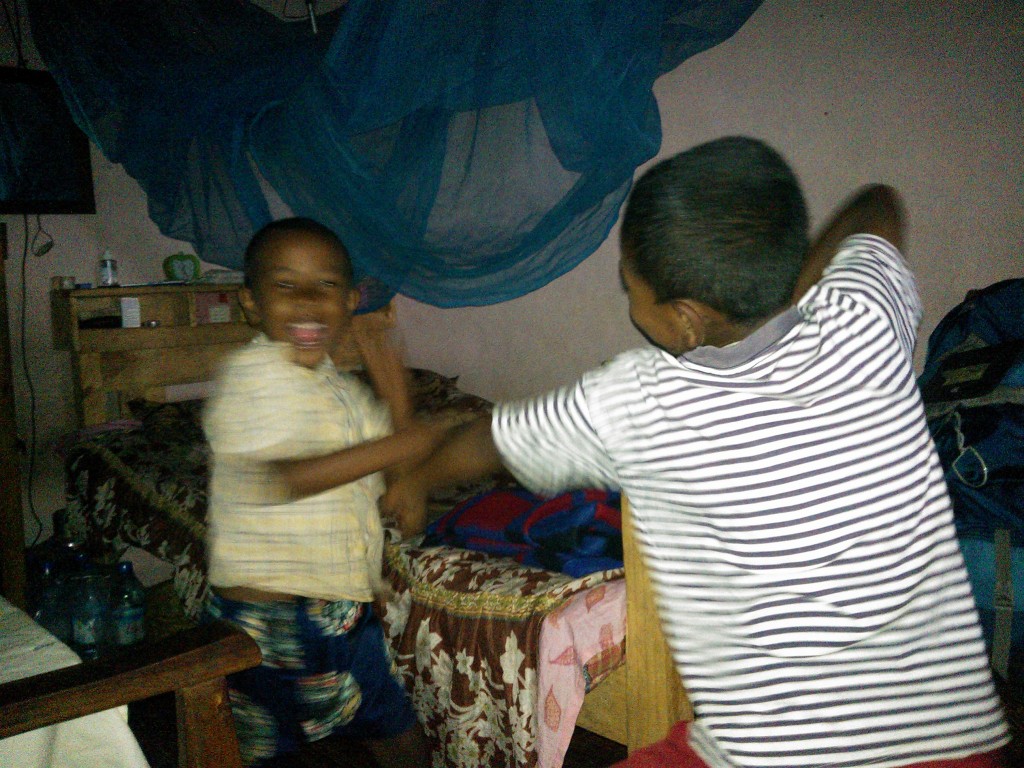
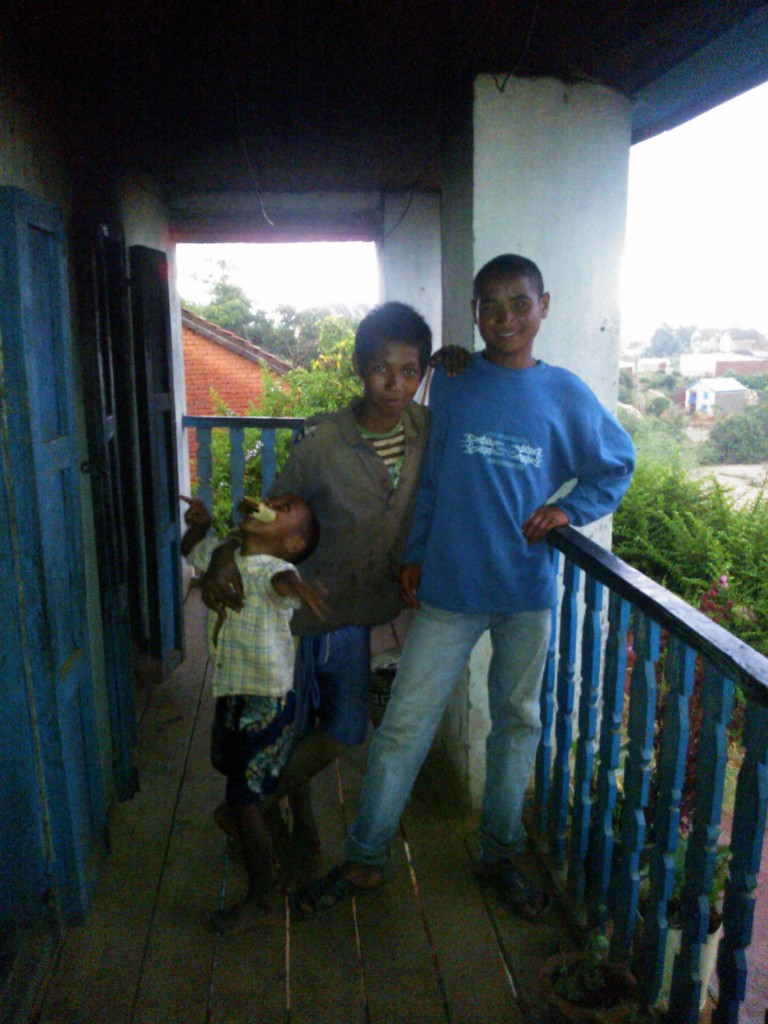
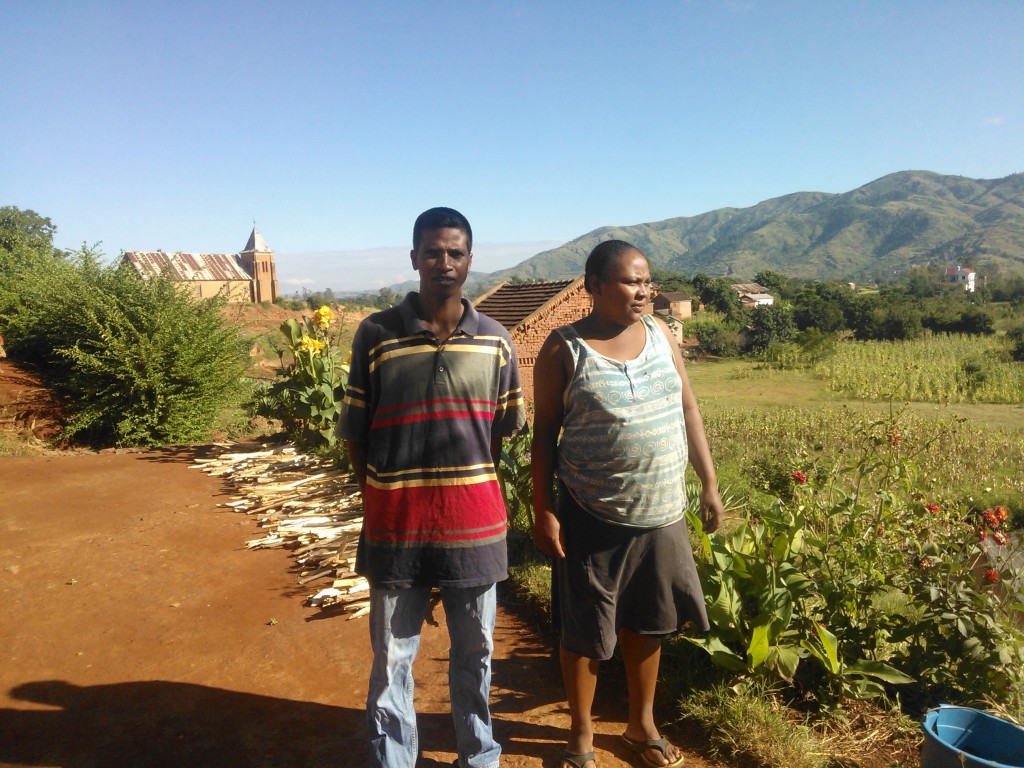
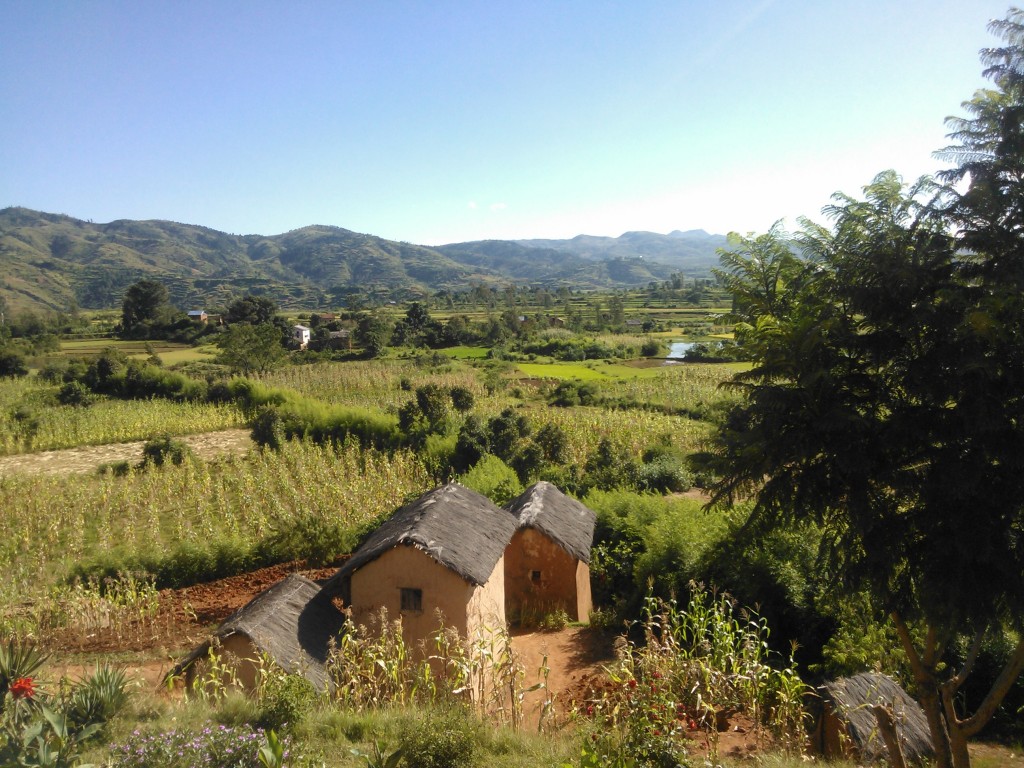

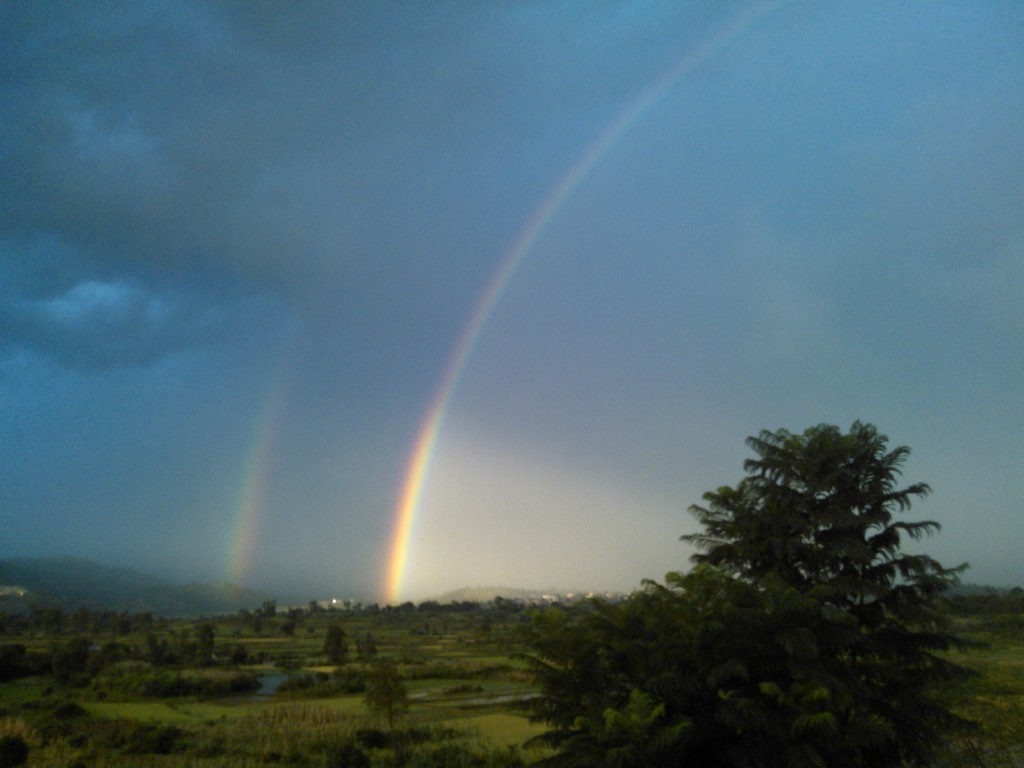


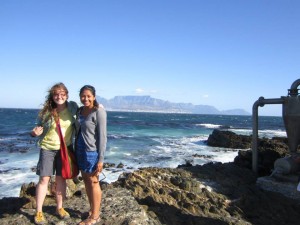

You must be logged in to post a comment.